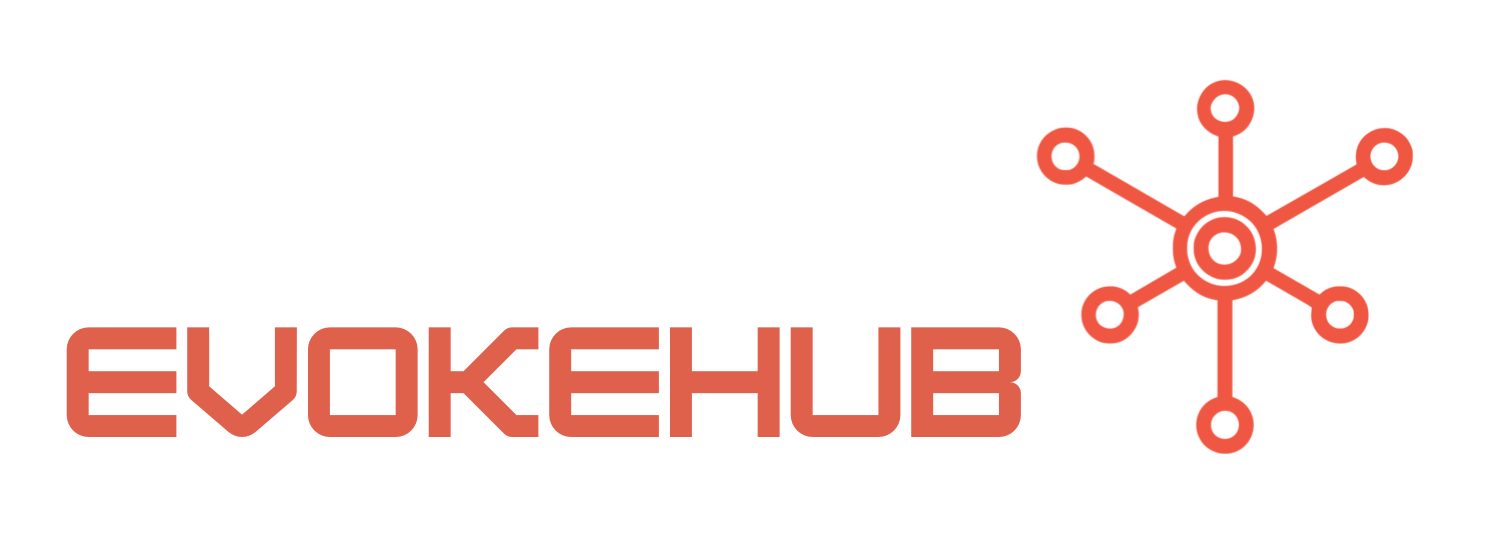Unleashing Happiness: The Magic of Schema-First APIs in .NET!
Imagine embarking on an adventure where clarity and structure lead the way. Schema-First Development encourages developers to outline their API schema before diving into coding. This method not only helps in visualizing the end product but also promotes collaboration among team members. By utilizing tools like OpenAPI and Swagger, developers can create comprehensive documentation that serves as a shared language, fostering understanding and enthusiasm among frontend and backend teams alike.
The beauty of focusing on the schema is that it lays a solid foundation for your API, making it easier to tweak and refine as the project evolves. When you outline the data types, endpoints, and relationships upfront, you’re crafting a roadmap that guides your development process. This proactive approach minimizes misunderstandings and miscommunications, allowing your team to navigate the journey of development with joy rather than frustration. Who knew that a well-structured schema could pave the way for happy developers?
Moreover, when consumers of the API—whether they be internal teams or external clients—interact with a well-defined structure, their experiences become seamless and enjoyable. This fluidity translates to faster onboarding, smoother integrations, and less time spent on debugging. In the end, both developers and users walk away satisfied, turning the once-daunting task of API creation into a joyful venture filled with successful interactions and positive feedback.
Building Delightful Experiences: Craft Your API with Joy!
Creating delightful experiences goes beyond just technical specifications; it’s about understanding the needs of your users. When you adopt a schema-first approach, you’re not only defining data structures but also placing user experience at the forefront of your design. This allows you to think about the interactions, usability, and overall satisfaction of users, leading to more intuitive APIs. Research shows that user-centric design can significantly enhance satisfaction, and starting with a schema is a brilliant way to align your API with user expectations.
As you design your API schema, consider the developer experience too. Crafting thoughtful error messages, clear documentation, and consistent naming conventions can transform frustration into joy. Emphasizing best practices such as RESTful principles ensures that your API is not only easy to use but also adheres to widely accepted standards, making it easier for developers to integrate and interact with your services. A little extra care in this phase can lead to a significant boost in developer happiness!
Finally, consider how you can keep the spirit of joy alive throughout the API lifecycle. Implementing versioning strategies and soliciting feedback from users can ensure that your API remains relevant and delightful over time. Platforms like GitHub and Postman offer great ways to host your API and engage with the community, creating an ongoing dialogue that fosters happiness. Remember, a joyful API is not just a one-time creation; it’s an evolving experience that thrives on communication, collaboration, and continuous improvement.
In the vibrant realm of API development, Schema-First approaches provide a magical blueprint for crafting joyful experiences. By prioritizing clarity, user experience, and continuous engagement, developers can transform their APIs from mere tools into sources of delight. As we embrace these practices in our .NET projects, let’s remember that the joy of development not only lies in the lines of code we write but in the smiles we create for ourselves and our users. Happy coding!




